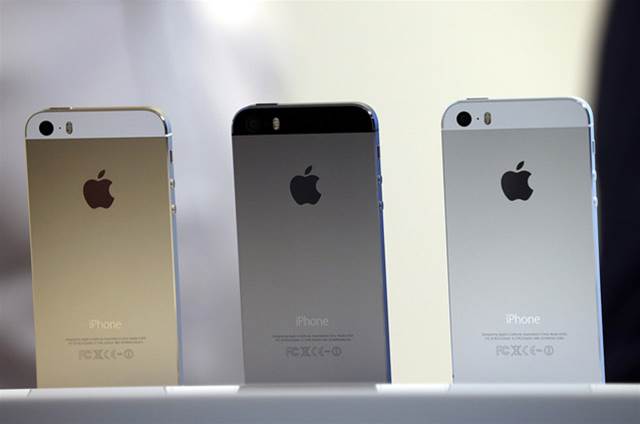
The repair specialist iFixit published a lengthy blog on Tuesday detailing the issue, and emailed its thousands of followers.
It suggests the cause is two chips that it says are at risk of detaching from a circuit board over time.
Apple has not commented.
But one independent expert expressed caution about the claim, which has since been widely reported.
“There doesn’t seem to be any quantification about precisely what percentage of iPhones have been affected, so it’s difficult to tell if this is a minor or major problem,” Neil Mawston, from Strategy Analytics, told the BBC.
“But if there is a serious iPhone 6 touchscreen issue, Apple will need to acknowledge it openly, respond promptly and offer a reasonable solution to affected customers.
“Apple customers pay a premium for their iPhones, and they expect premium after-sales service.”
Solder problem
iFixit claims that “a tonne” of iPhone 6 Plus handsets have experienced the problem – which it dubs “touch disease” – as well as a smaller percentage of smaller iPhone 6 models. Both went on sale in 2014.
“Every repair tech we spoke to told us that the problem is incredibly common,” iFixit said.
It claims breaks in the solder used to connect two critical chips to each device’s logic board are causing them to lose contact.
The chips are used to make sense of finger presses and swipes on the screen.
“You might notice that the screen is sometimes unresponsive, but it is quick to come back with a hard reset,” the blog quotes one repair specialist as saying.
“As the crack deepens into a full separation of the chip-board bond, the periods of no touch function become more frequent.”
To begin with, iFixit says, users can rectify resulting glitches by pressing down on the screen or twisting the phone’s body, causing the chips to reconnect. But it adds that over time this stops working.
It says a permanent repair is possible if new copies of the chips are soldered on to the board by a specialist.
But it states that Apple Stores are recommending affected out-of-warranty users buy new phones rather than informing them that it would be cheaper to get the logic board repaired elsewhere.
“If the issue is as widespread as repair pros suspect, then Apple should start offering customers solutions instead of excuses. And they need to do it soon,” the blog adds.
Newer iPhone 6S and 6S Plus phones are said not to be prone to the fault because the same two chips are connected to a different component in these models.
iFixit gives details of several repair specialists who support its case.
But some of the commentators on its blog remained sceptical.
“I personally cannot say I’ve ever seen this issue – and I work in a cellular retail location as the de facto tech on-site,” wrote one user who did not provide their name.
“I’m not saying the issue does not exist, only that it is likely not as extreme in its severity as described.”
‘Utmost urgency’
A search of Apple’s own support forums confirms there are several instances of users complaining about flickering, unresponsive screens.
And the company has been pressured to acknowledge hardware problems in the past, including a flaw with the iPhone 4’s antenna and some iPhone 5S batteries.
Apple has a reputation for commenting on such issues only when it has confirmed them and come up with a solution.
But Mr Mawston said: “Apple is facing its toughest ever year for the iPhone, with global market share falling.
“The last thing it needs right now is a perception of iPhone unreliability, so Apple must address any touchscreen glitches, real or perceived, with the utmost urgency.”
BBC
























